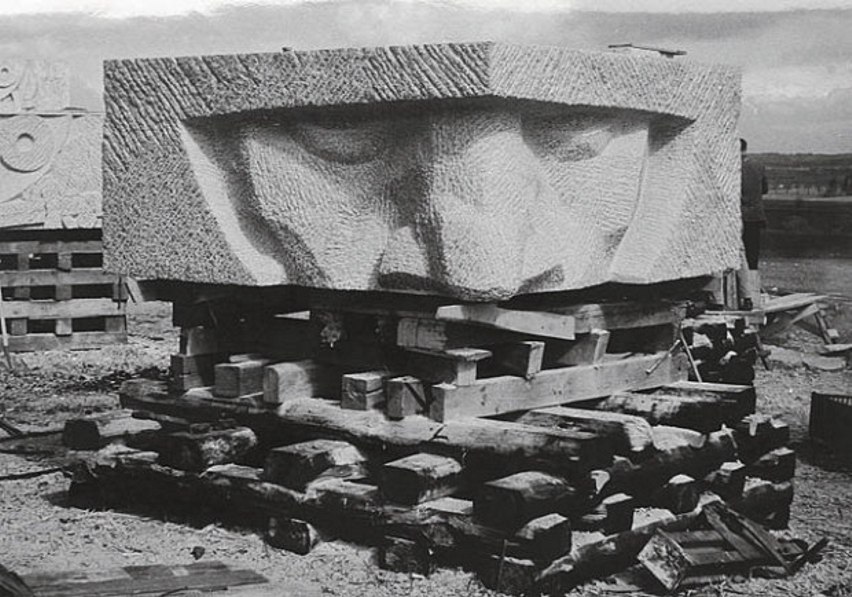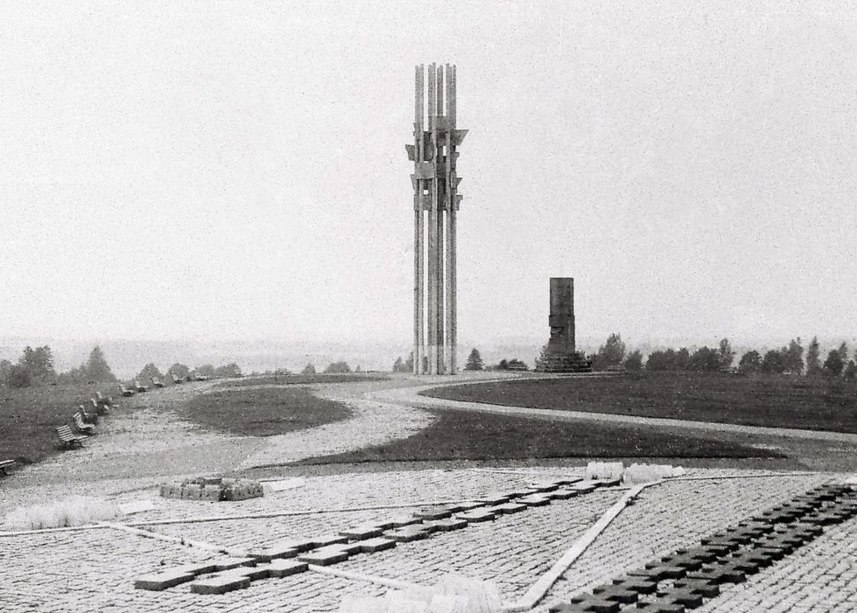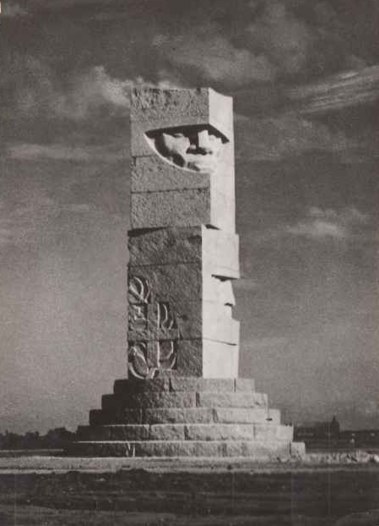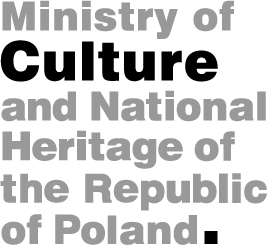|
|
Grunwald monument The Monument to the Victory of Grunwald After the war, on 14th and 15th July 1945, during the official celebrations of the 535 anniversary of The Victory of Grunwald a corner stone of the future Monument to Slavic Unity was laid on the area of the famous battle. With the same goal in mind, there was also a project devised to make a Pan-Slavic National Park. In April 1974, The Provincial Council in Olsztyn appointed the Committee for the Building of the Grunwald Monument on the site of the historic battle. Plans were also made to use building material from the partially ruined Tannenberg Memorial, destroyed by the retreating German army, to construct the Monument of the Victory of Slavs over the Germans. Several designs for the monument were prepared, yet none of the proposals was ever realised. On 15th July 1947, on the 537 Anniversary of The Victory of Grunwald, the corner stone for a future monument was laid again, the monument only finally being erected in 1960. The design of the Monument was selected from proposals submitted in a closed architectural-sculptural competition, organised from 20th October 1958 to 1st March 1959 by the Society of Polish Sculptor-Artists (SARP), the Association of Polish Artists and Designers (ZPAP) and the Ministry of National Defence on the order of the Secretary of the National Polish Committee of the Front of Unity of the Nation (FJN) and the Presidium of the Preparatory Committee for the Celebrations of the Millennium of the Polish State. Six teams participated in the competition: Ludwika Nitschowa and Jerzy Staniszkis; Jerzy Hryniewiecki and Marian Wunk; Jerzy Jarnuszkiewicz and Włodzimierz Wittek; Adam Haupt and Adam Smolana; Romuald Gutt, Alina Scholz and Franiszek Strynkiewicz; and, Jerzy Bandura and Witold Cenckiewicz. On 7th March 1959 the competition jury selected the design of Jerzy Bandura for realisation. On a subsequent anniversary of the historic battle (the 550th), 17th July 1960, the Grunwald Monument by Jerzy Bandura and the architect Witold Cenckiewicz, was officially unveiled. The other people who co-operated with work on the monument being Helena and Roman Husarskis, Maria Letkiewicz, Józef Poręba, and Józef Zięba, along with 30 sculptors, masons, engineers and other specialists. In constructing the monument, a large spatial project was realised, which attracted crowds of thousands of people to the amphitheatre, the terrain of the battlefield itself being depicted as a three-dimensional map of the historic event. The central point of the monument was located in an octagonal granite obelisk with the schematic faces of Slavic warriors in the corners, next to a 30-metre high and lofty composition made from steel objects, reminiscent of masts with pennons. In addition to this, a 3-D map of the Grunwald Battle was placed in front of an amphitheatre. According to the designers of the complex, the simple forms used were meant to help one's imagination to reconstruct the historic event. "Our project," Jerzy Bandura said, "is based on a traditional model of Calvary, i.e. a certain route, divided by sculptural and/ or architectural accents, along which the pilgrims or the tourists walk. The route itself is loop-shaped, being about 1,5 kilometres in length. (...) Visiting the battle field myself, I realised that this form facilitates the most intense "experiencing" of the area and the events which once happened here. This form offers the most intense contact with the field, the land". (Interview with prof. Jerzy Badura, Słowo Powszechne nr 61 z 13 III 1959) (Prepared after Irena Grzesuk-Olszewska's book Polska Rzeźba Pomnikowa w latach 1945-1995) |

A fragment of the obelisk during its mounting, the 1960s. 
A view of the architectural complex on Grunwald fields, the 1970s. 
The granite obelisk with the faces of Slavic warriors, photo from the 1960s. |
|||
| |||||
